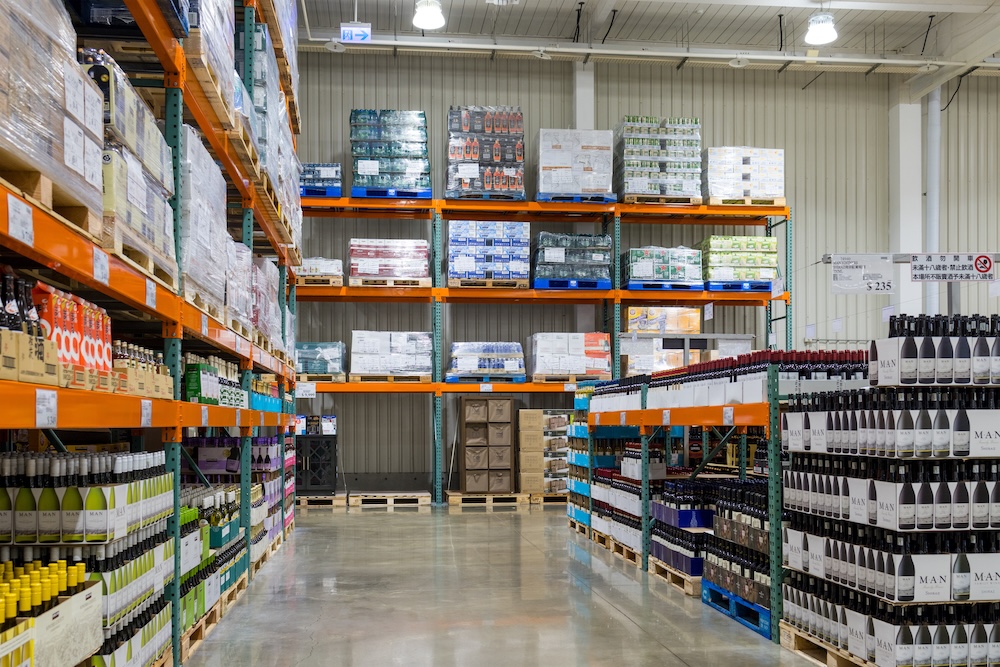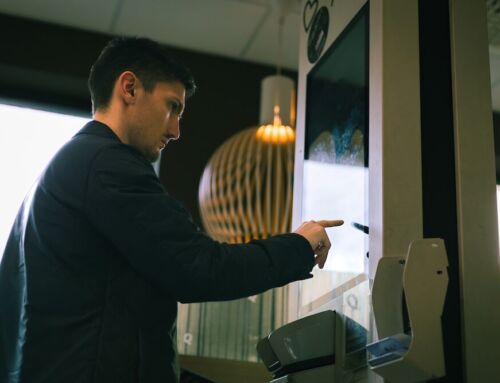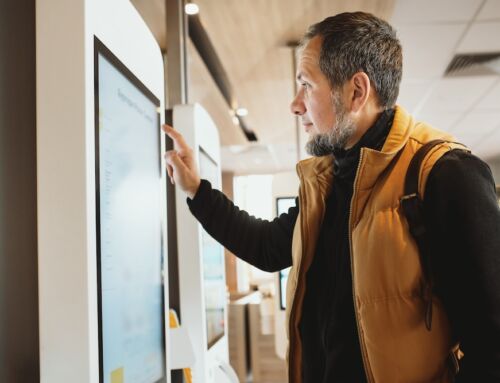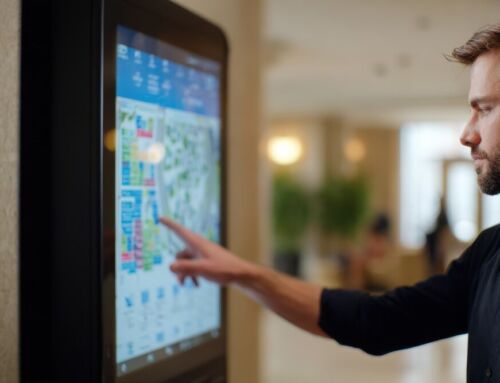For a number of years now, it’s been an open secret that B2B customers have had a serious case of the green-eyed monsters. Business buyers have looked at their consumer counterparts, and at all the digital innovations in retail that have focused squarely on creating ‘a great customer experience’, and they’ve felt more than a pang of jealousy.
Where are our slick, user-friendly modern websites to buy from, they’ve asked? Where’s our personalisation? Where’s our attention-grabbing content with mass-media production values, our loyalty schemes and next-day fulfilment?
Of course, everyone in business is a consumer as well, so they know exactly how modern and seamless and customer-centric B2C commerce is. It’s a fair enough question – why can’t B2B be the same? And the reality is that B2B vendors have come a long way in learning the lessons of customer experience from the world of consumer retail, and making their operations more attractive and efficient and profitable as a result.
One consumer-focused innovation that has been conspicuous by its absence in most B2B operations to date, however, is the self-service kiosk. As commonplace as these have become everywhere from supermarkets to QSR restaurants, and transport hubs to hotel lobbies, to date you haven’t been able to find many in cash & carry and wholesale warehouses (a notable exception would be the building trade, where consumer-facing retail and ‘trades counter’ operations often occupy the same space, and where kiosks are often used for both).
Aligning with online
But that might be about to change. Wholesale food and catering supplier JJ Foodservices recently introduced kiosks at all 12 of its UK distribution sites, in what is billed as a first for UK wholesale. The move underlines how kiosks represent another step forward in the ‘consumerisation’ of B2B.
Like many wholesale businesses, JJ Foodservices has invested heavily in ecommerce, recognising the business value of providing clients and customers with a simple, convenient way to buy its products and services online. This has even extended to offering discounts to customers who pre-order online, reflecting the efficiency benefits this also brings to the business.
But the flipside of this is that it serves as a disincentive to buyers visiting its distribution centres. Why bother when you can get a better price online? JJ Foodservices’ kiosks bridge the gap. They provide access to the same online ordering system – and offers – so walk-in customers can take advantage of the same deals.
As with B2B’s embrace of ecommerce, the benefits are not all centred on the customer. As already suggested, digital ordering is highly efficient. And that applies whether those digital orders come remotely online or from a kiosk at the front desk of your premises.
The case study in B2C is the way that self-service kiosks transformed service in QSR restaurants. Simply by having an order placed digitally for preparation, rather than given to a person who then passed that order to a kitchen, fast-food restaurants found they could make remarkable gains in throughput. In the aforementioned building trade, front-of-house kiosks play the same role. Digitised ordering makes picking items in a warehouse that much more efficient. And if you’ve got that system in place for your retail customers, it of course makes no sense to do things differently for trade business.
For all of these reasons and more, we expect self-service kiosks to take off rapidly in B2B going forward. Watch this space.




